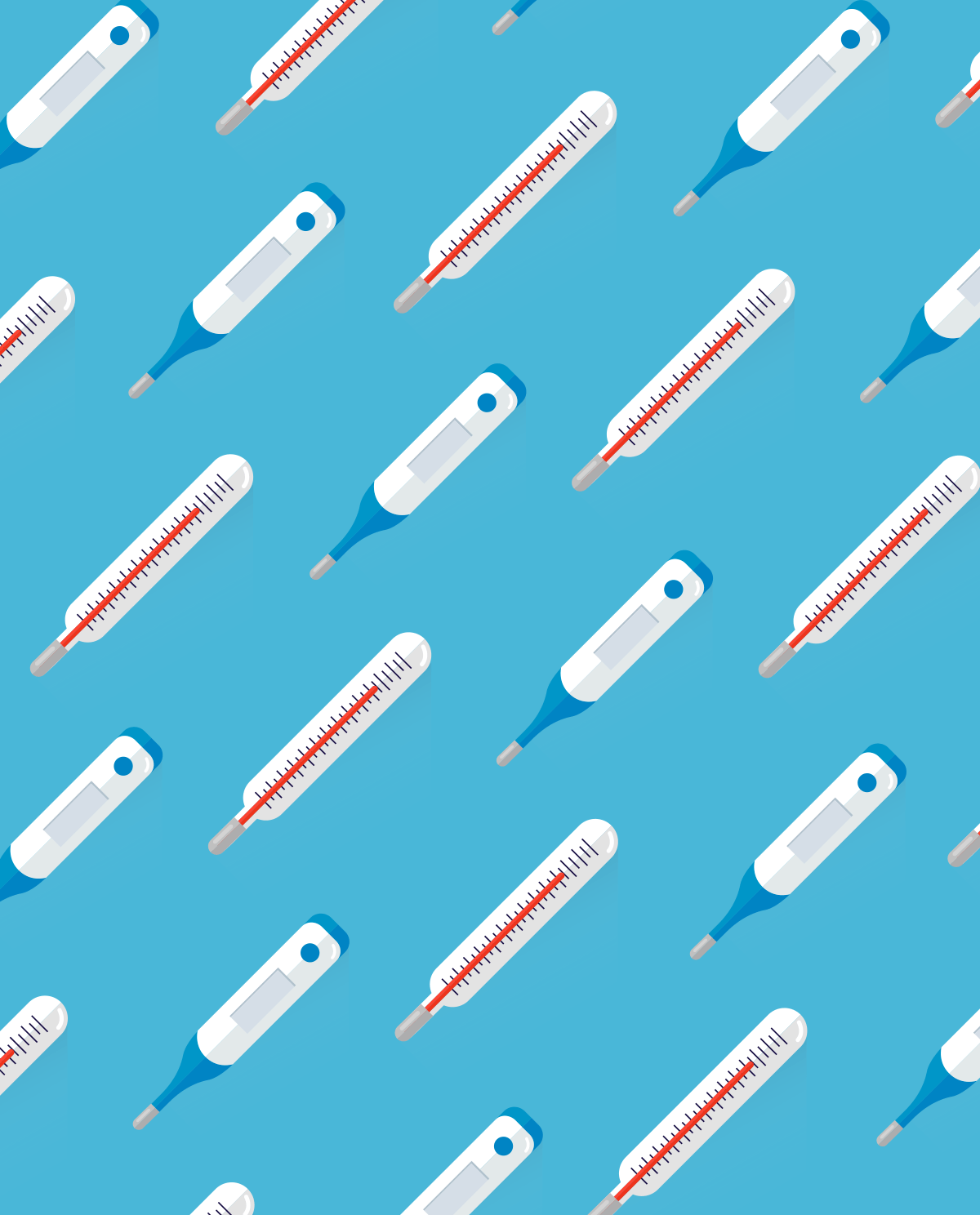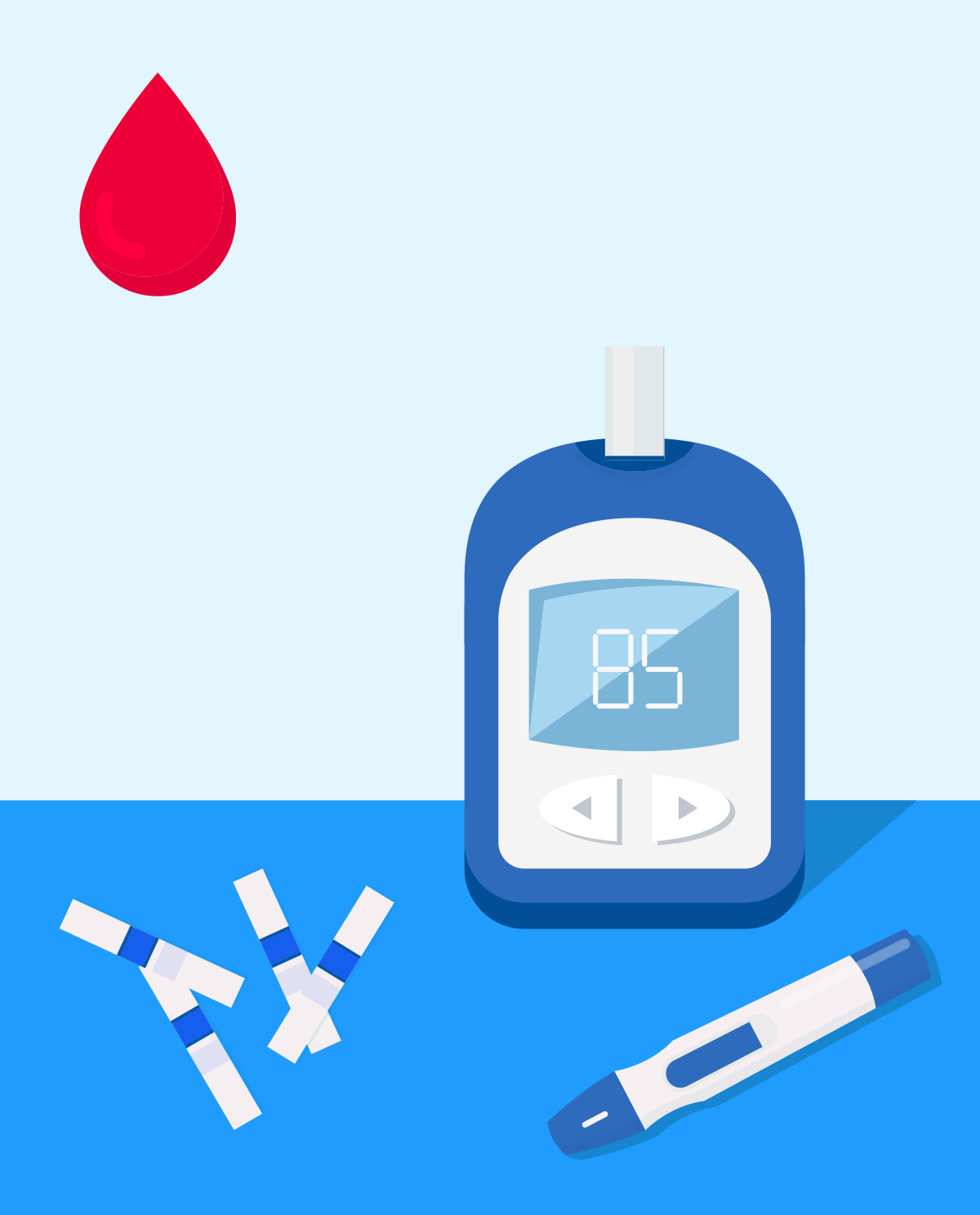Types of thermometers
Liquid thermometers
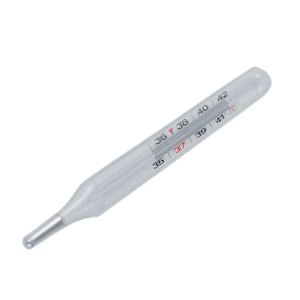
Fig. 1. Medical thermometer Mesmed MM 109
They use the phenomenon of thermal expansion of liquid (mercury or alloys of liquid metals).
-
Mercury thermometers were withdrawn from circulation in April 2009 in European Union countries due to the harmfulness of mercury vapor.
-
Gallium thermometers contain galinstan (eutectic alloy of gallium, indium and tin). By eliminating mercury, they are not toxic, which is important in the case the thermometer becomes damaged. The accuracy of body temperature measurements with this type of thermometer is ± 0.1 ° C. We can measure from 35.0 ° C to 42.0 ° C. Liquid thermometers do not require power or calibration, which ensures operation at no additional cost. They have a glass casing, which makes them anti-allergic, hygienic and easy to clean and disinfect but susceptible to breakage. The main disadvantage of gallium thermometers is a relatively long measurement time ranging from 4 minutes (mouth) to 10 minutes (axillary, or armpit). Due to the long measurement time, it can be difficult to use this kind of thermometer in young children and non-cooperating patients. One should also remember that a thermometer needs to be prepared before use by flicking the device and washing the metal tip with disinfectant.
Phase-change or dot matrix thermometers (liquid crystal, chemical)
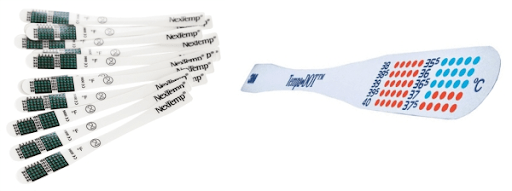
Fig. 2. Phase-change thermometers (disposable): NexTEMP (Medical Indications) and TempaDOT (3M). Fig. Medical Indications, 3M
-
Disposable single-phase thermometers come in the form of a plastic strip, in which the recesses are stamped at the same intervals. In each of them there is a mixture of substances that change colour depending on the temperature. To allow for an accurate temperature reading and to prevent the contact of a thermally sensitive substance with the surroundings, the cavities in this type of thermometer are covered with a transparent polymer. Using this kind of thermometer, we can measure the temperature on the forehead, under the armpit or in the mouth. Due to the strictly defined melting point of the substance used in these types of thermometers, they should be stored at a temperature below 35 ° C. However, if the thermometers have been subjected to a higher temperature, place them in the freezer first, and then (a day before the measurement) keep them at room temperature.
-
Liquid crystal thermometers are rarely used and only by the same patient. The cholesteric liquid crystals, which, depending on the concentration at different temperature, assume a different color, are responsible for the measurement of temperature. The color changes are reversible, while the re-use of this type of thermometer may occur after about a minute from the previous reading. The measurement time should be 1 minute in the mouth and 3 minutes in the armpit. The permissible error of temperature measurement with the use of a re-usable multi-phase thermometer is + 0.1 ° C and -0.2 ° C.
Phase-to-phase reactive thermometers and most disposable phase thermometers are designed to measure the temperature in the armpit and in the mouth. Some thermometers belonging to this category are used in the first wave to measure the temperature of the forehead. Thermometers of this type do not require power and are not susceptible to the influence of the electromagnetic field from medical diagnostic equipment.
Among the chemical thermometers one can distinguish constructions whose life is about 5 years (after this time they should not be used). They can be stored at extreme temperatures, and within a short time are able to achieve readiness for measurement in a wide range of clinical conditions. Some device models require a "thermal reset" when the storage temperature exceeds 35 ° C.
Digital thermometers
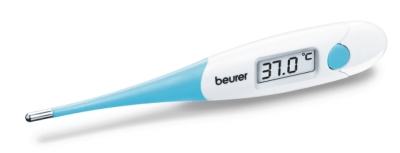
Fig. 3. Electronic touch thermometer. Fig. Beurer
In electronic touch thermometers, the element responsible for temperature measurement is the electronic circuitry termed the thermistor (a type of resistor). Most of these devices are designed to measure the temperature in the mouth, axillary (armpit) or rectum (anus). The measurement time varies from 10 to 15 seconds. Some thermometers operate in the prediction mode based on the estimated temperature measurement when the thermal balance of the tissues surrounding the measuring tip is reached. This mode significantly accelerates the reading (up to several seconds). Although, the accuracy of this type of measurement doesn’t work as well when compared to continuous measurements.
The basic disadvantage of this type of device is having a tip made of nickel, which can be dangerous for people who are allergic to the compounds of this metal. If a person is allergic, we can use thermometers with a gold-plated tip instead or simply use a different kind of thermometer. Another disadvantage of digital thermometers is the susceptibility to electromagnetic fields generated by medical devices and telecommunications devices (cordless phones and cellular telephones). They are also more costly as the battery needs to be replaced every so often and the metal tip needs to be disinfected after each use.
Non-contact thermometer (infrared)
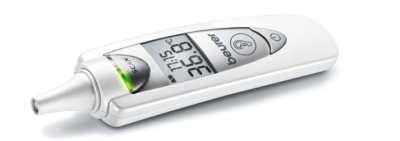
Fig. 4a. Non-contact infrared thermometer: Beurer FT55. Fig. Beurer

Fig. 4b. Non-contact infrared thermometer: Beurer T90. Fig. Beurer
Optical sensors have been used to build contactless thermometers that are able to detect infrared radiation emitted by hot objects.
-
Infrared ear thermometers measure the thermal radiation emitted by the eardrum. The advantage of this type of thermometer is the possibility to replace disposable covers, instead of disinfecting the tip of the thermometer with alcohol each time, which is necessary in the case of touch thermometers. However, measurements made with ear thermometers may be affected by error, for example due to the retention of cerumen (earwax) obscuring the eardrum. In these cases, it is recommended to clean the auditory canal, lightly tighten the pinna (the visible part of the ear) and direct the tip directly to the surface of the eardrum. Most of these types of thermometers are also less accurate than other types of touch devices. The measurement error is ± 0.2 ° C. What's more, a larger margin of error is allowed, when the ambient temperature exceeds the room temperature range of 18-26 ° C. Contactless thermometers such as these are also the most expensive temperature measurement device and require the replacement of batteries and sockets. Thermometers of this type must also be periodically calibrated.
-
Infrared frontal thermometers are most often, depending on the manufacturer's recommendations, used for the measurement of peak temperature values around the temporal artery (the major artery of the head). The advantage of this kind of thermometer is the short time it takes to get a reading and the availability of places where measurements are made. However, forehead temperature measurements can also be unreliable due to makeup and creams, the occurrence of sweating or covering the forehead with hair. For the purposes of minimizing reading errors, it is recommended to measure on the washed and dried skin of the forehead of a person who has spent at least 10 minutes at room temperature, without drafts, and without having physically exerted themselves in any way, such as through exercise.
You can also read about fever, what it is and how to measure it.
- Interna Szczeklika 2018 Internal Diseases Handbook, Authors: Piotr Gajewski, Andrzej Szczeklik Publisher: Medycyna Praktyczna
- http://www.mp.pl
- https://www.mp.pl/pacjent/
- https://infekcje.mp.pl/publikacje/122369,rodzaje-termometrow-lekarskich-i-ich-cechy
- https://zdrowybajtel.pl/termometr-pomiar-temperatury/
